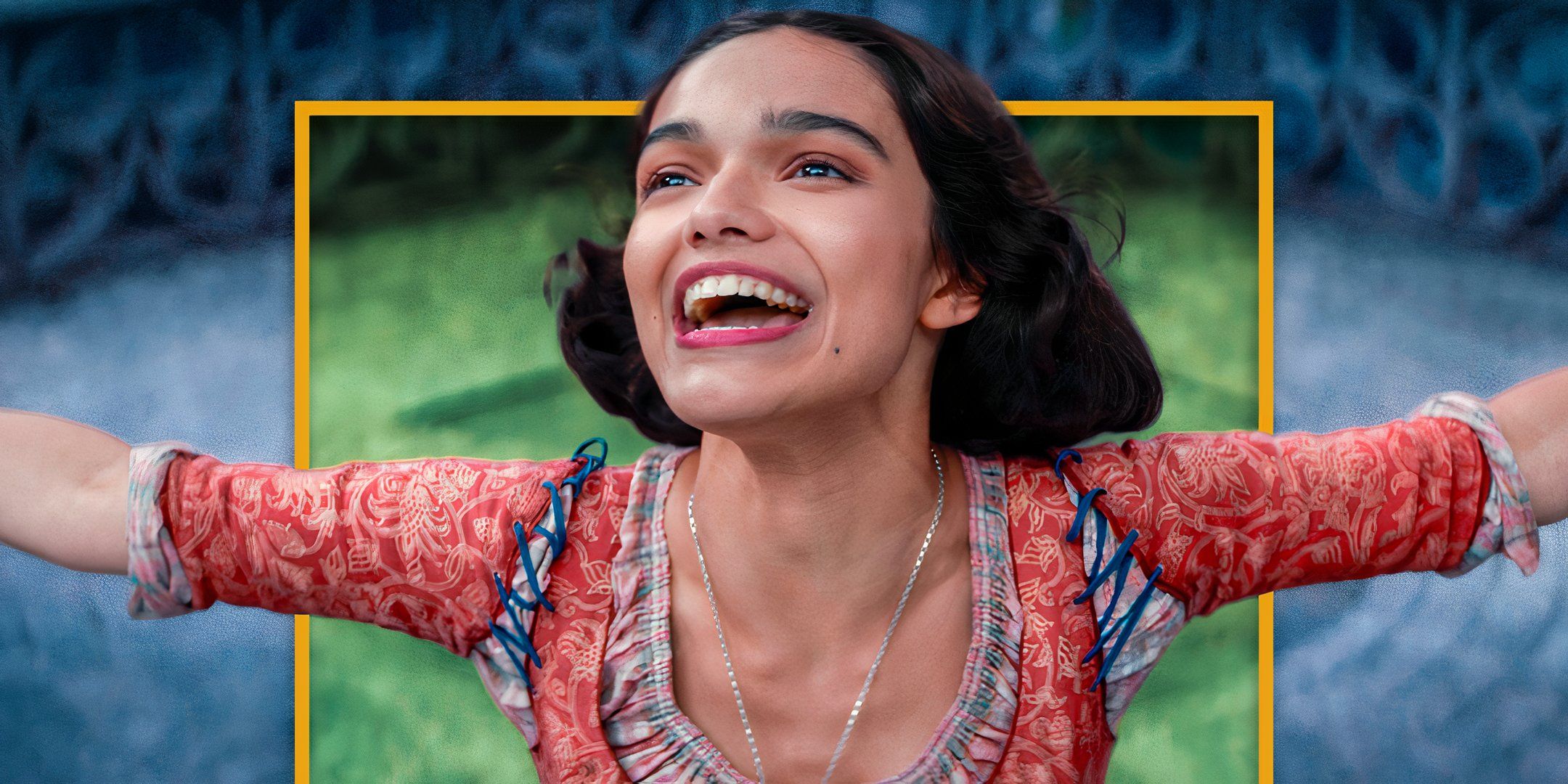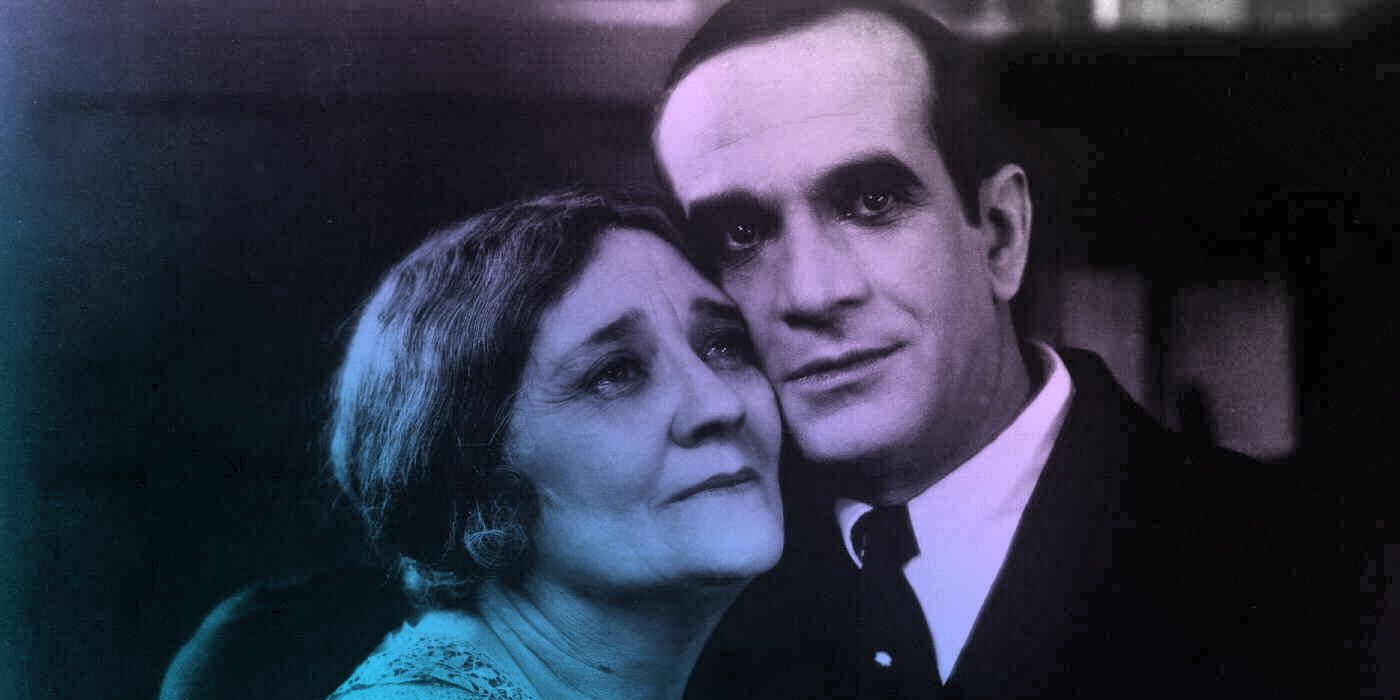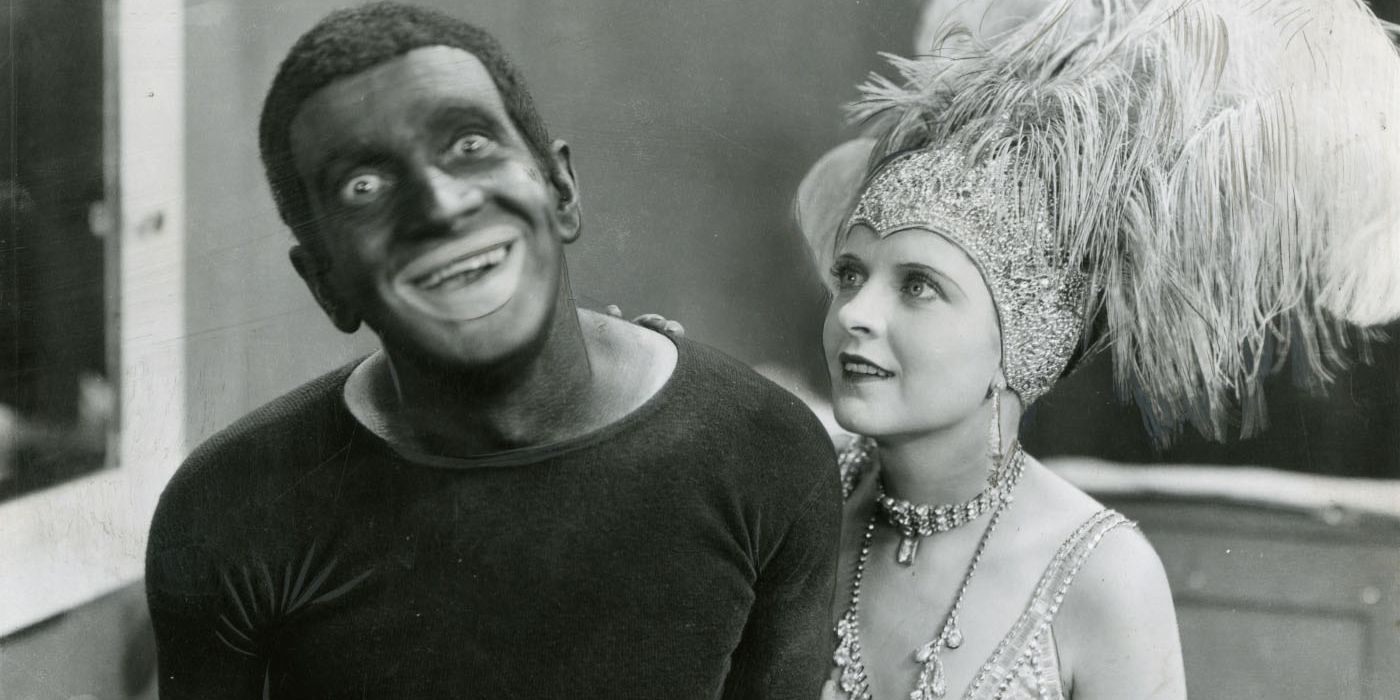Related
It ’s been 93 years since the premiere of the very first talkie film , The Jazz Singer , and the beginning of a whole new earned run average of cinema . Given how dominant the medium is in pop finish and companionship in world-wide , it can sometimes be easy to forget that cinema is one of our newest artforms .
In the eighties , black and white filmswere considered novelties , short cartridge holder of stuttering movement that transfix hearing but were n’t considered true competition to theater or literature . It was n’t until the 1910s when moving picture society moved West to Southern California to head off legal issue with Edison Studios , the firm that possess the patents to many of the cameras used by burgeoning flick - makers , that America ’s film industry explode .
relate : Tom Hardy ’s Very First Movie Role Was Black Hawk Down
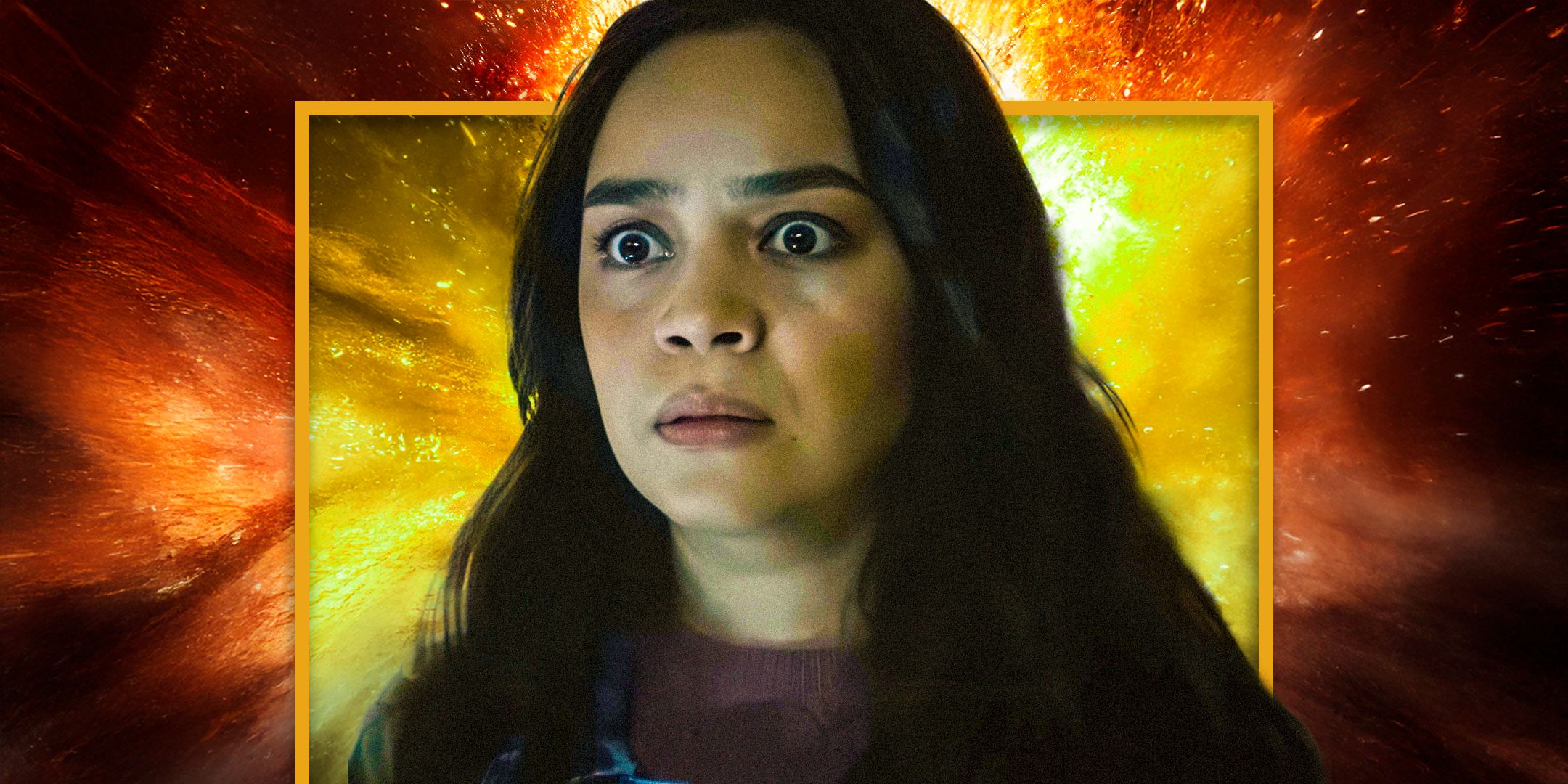
Over the course of the next 20 year or so , motion-picture show became a mighty force in American entertainment . The ace system develop and made celebrities of the actor on - screen , and the format became a true fine art - form . Thesefilms were all silent and in sinister - and - whitethanks to the still - rude nature of the technology . It was n’t until 1927 that a pic came along and usher in the earth to the concept of the talking photograph , or " Talkie . "
The Jazz Singer , produce by the legendaryDarryl F. Zanuck , was a star vehicle for Al Jolson , a popular singer and stage performer who was America ’s highest - compensate entertainer in the ' 20s . The moving-picture show told the story of a young Judaic humans who withstand his devout Father-God ’s wishes and escape off from home to become an entertainer . Jolson ’s character becomes a wildly pop jazz singer but struggles to let go of his past and his ethnical inheritance . The Jazz Singerwas one of the biggest box office hits of 1927 and finish up winning an honorary Academy Award for Darryl F. Zanuck . In just a few light years followingThe Jazz Singer ’s going , Talkies became the default form of celluloid , a change that led to the end of many silent actors ' careers as they observe that they plainly were n’t able-bodied to do the job when it postulate them to mouth .
Contrary to popular belief , some early films had included sound beforeThe Jazz Singer , but these were only experimental short subjects intended for expo , or titles like the John Barrymore dramaDon Juanthat sport a synchronized musical score and sound effects but no spoken dialogue . The great draw ofThe Jazz Singerwas that audience could see Jolson sing and lecture , although there ’s still not all that much dialogue in the movie . This feat of filmmaking take place through the exercise of an early sound system known asVitaphone . Established by Warner Bros. , Vitaphone was a sound - on - magnetic disc system mostly intended to provide a synchronized melodious accompaniment to movies . The speech sound was not part of the film itself . Projectionists would play the movie and Vitaphone phonograph platter would be played on a melodic turntable impound to the projector motor to reach the synchronicity between sound and visual modality .
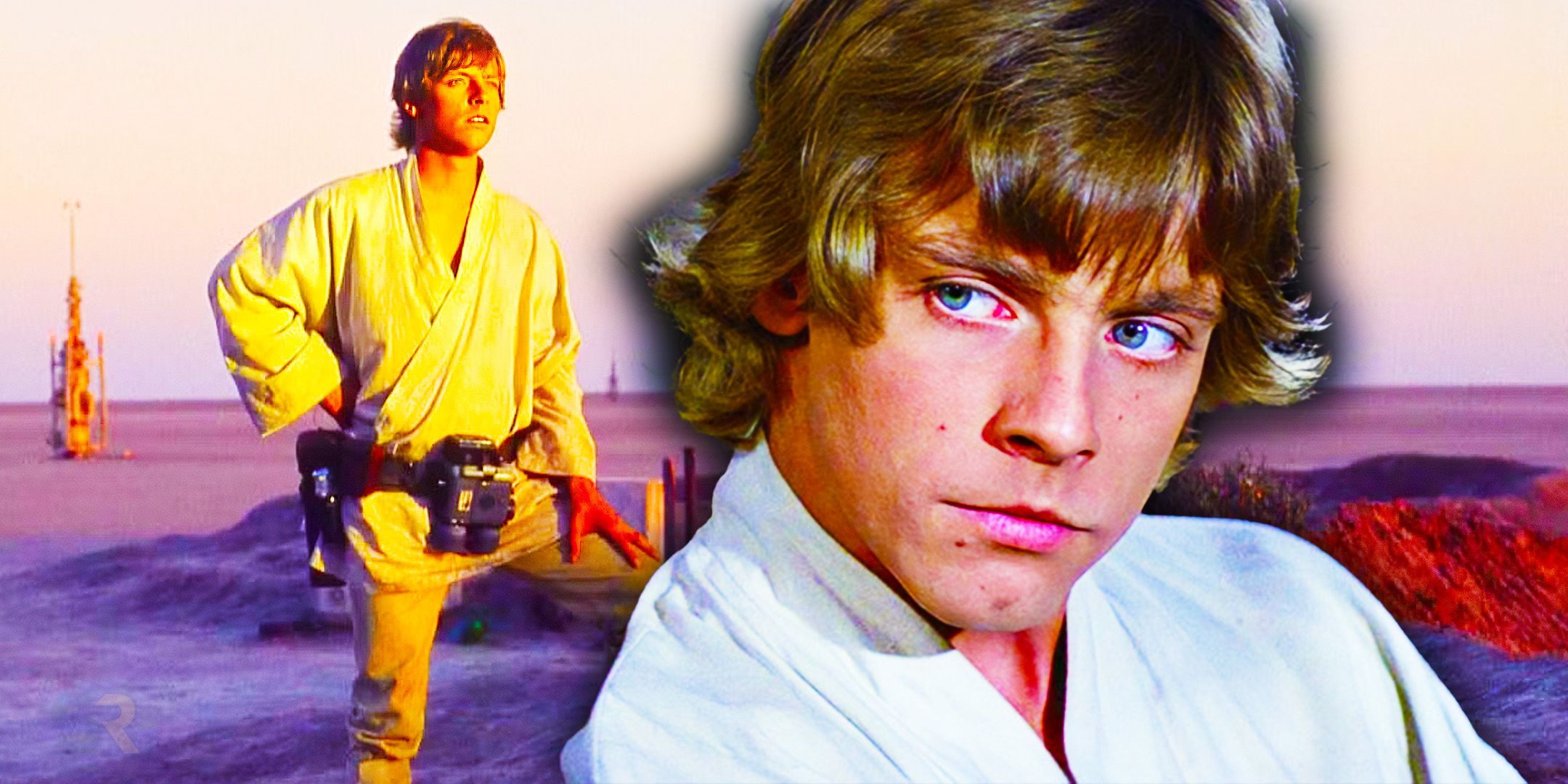
When discussingThe Jazz Singerand its place in Hollywood history , it ’s crucial to address the film ’s most subtle aspect : Blackface . Jolson ’s calling was defined by his performances in blackface and his offensive mimicry of African American people and culture . Jolson was even dubbed “ the mogul of blackface performers . ” Blackface , or " minstrel " shows , were still a major part of American entertainment in the 1920s , and it is the core appeal ofThe Jazz Singer . Jolson spend much of the movie in blackface . It constitute the creative and emotional nitty-gritty of his character ’s narrative . The climax of the film sees Jolson in blackface babble out “ My Mammy , ” a vocal about a white human race ’s love life for his Black mammy , to his own snowy mother . While many films included and would go on to feature blackface , seldom would it be the spunk and intention of a picture show as it is withThe Jazz Singer . Even the remake of the picture , released in 1980and star Neil Diamond , include blackface .
It is hardly coincidental that the two celluloid lionise as pioneer modern Hollywood – The Jazz Singerand D.W. Griffith ’s lavish protection to the Klu Klux Klan , The Birth of a Nation – are both highly racist small-arm of workplace . The origin of the American moving picture industry are settle down in racialism and that is a item that should not be miss , specially as we contextualize how Hollywood and photographic film as a whole come to be the ethnic behemoth they are today .
Next : slaying on the Orient Express Is Agatha Christie Minus The racialism
